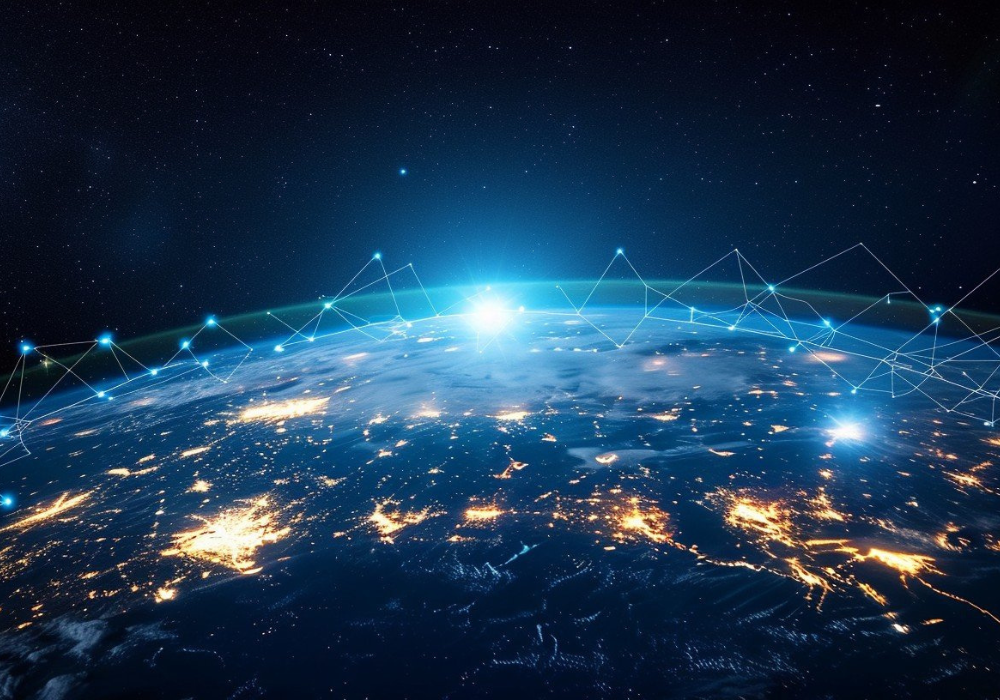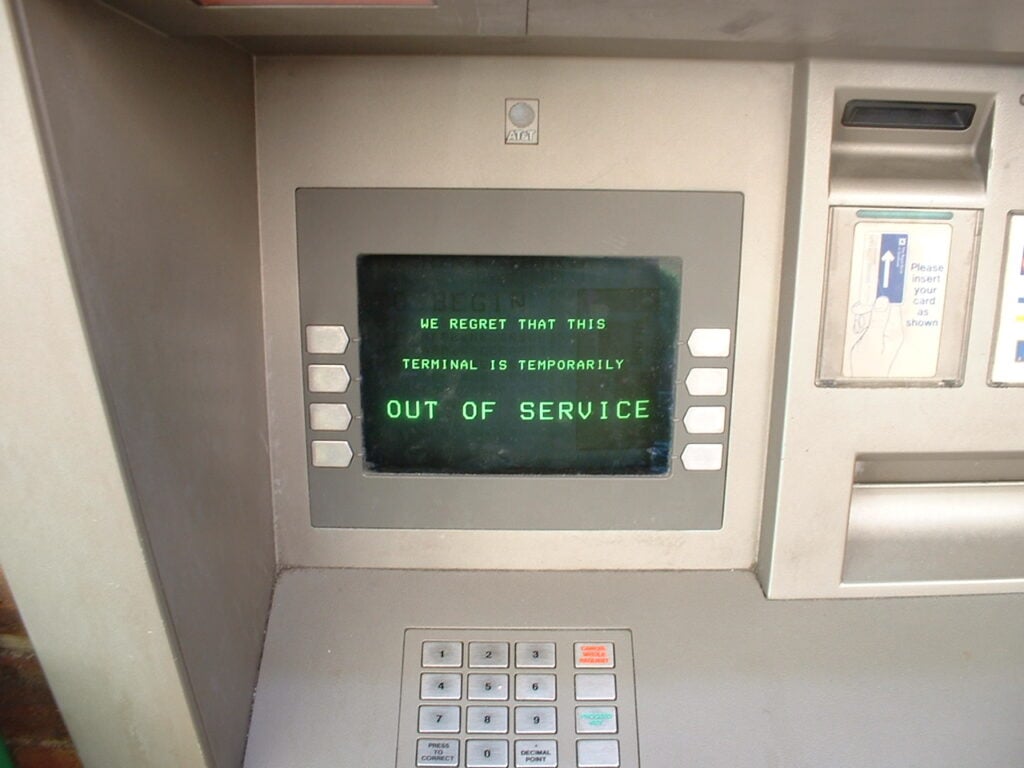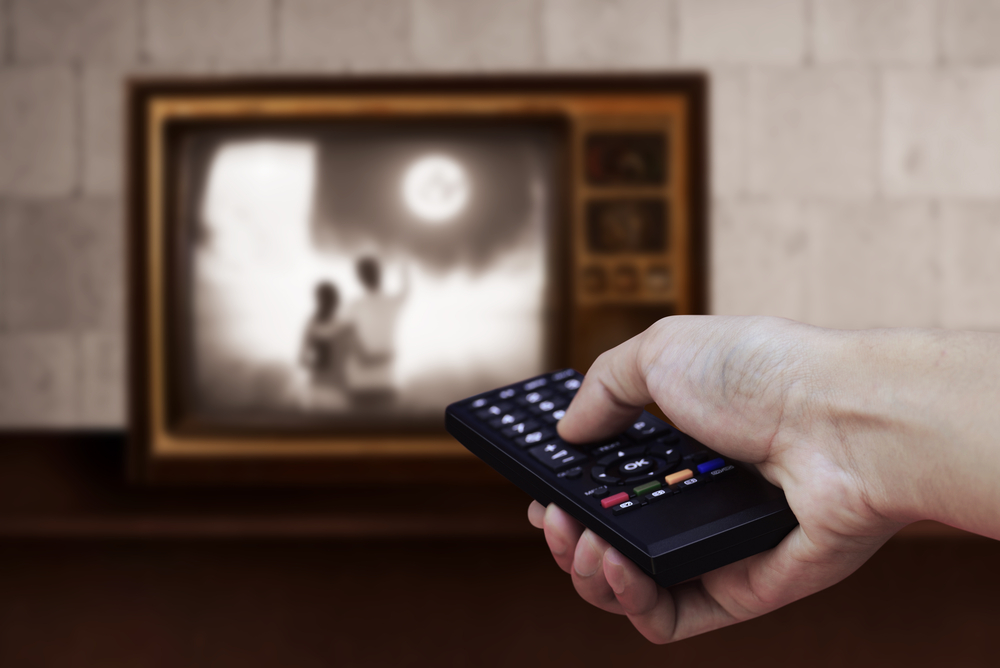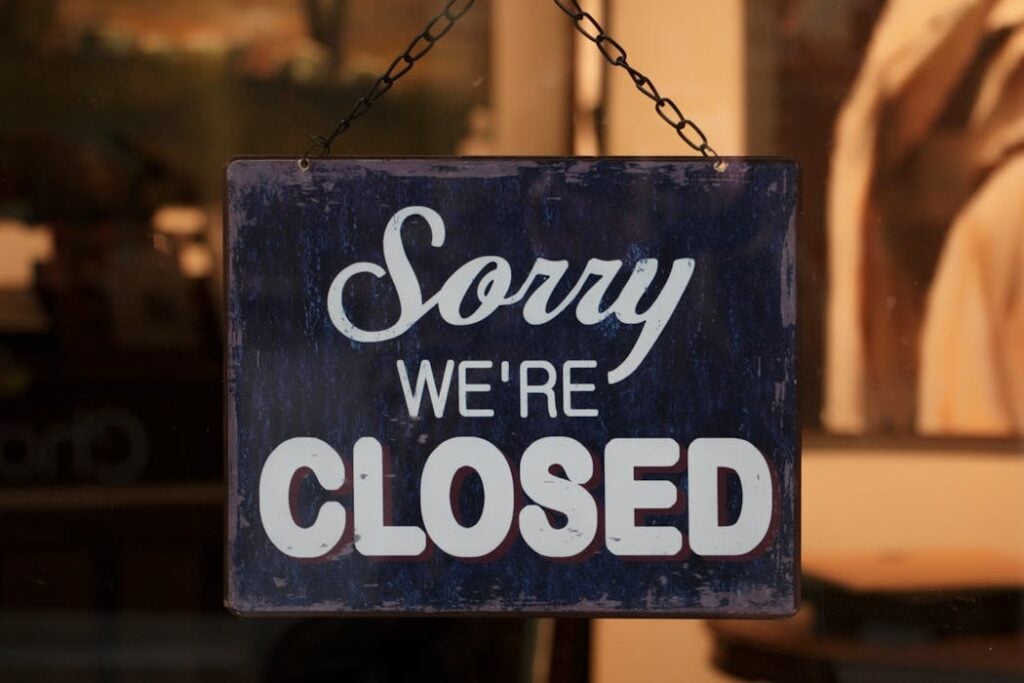From airports to hospitals, here’s how the world would unravel if the web suddenly went dark.

Imagine waking up to find the internet completely gone—no email, no online banking, no access to news or maps. Within minutes, communication networks would falter, flights could be grounded, and digital payment systems might freeze. Experts have long warned that a large-scale cyberattack or infrastructure failure could trigger such a global blackout. Though rare, even brief internet disruptions have shown how quickly society can grind to a halt when the world’s digital lifeline suddenly disappears.
1. The First Minutes: Screens Go Dark

In the opening minutes, confusion spreads like wildfire. Phones lose connection, websites won’t load, and people instinctively restart their routers. Social media—usually the first place to check for answers—offers only silence. Television anchors scramble for updates, but many rely on internet feeds that have vanished.
For the first time in modern history, billions realize how much of their daily life depends on a single global network. The quiet hum of online activity disappears, replaced by uncertainty, disbelief, and a growing sense that something has gone terribly wrong, according to The World Economic Forum.
2. Hour One: Communication Breaks Down

Within an hour, major communication networks begin to collapse. Texts and emails fail to send, and phone systems relying on internet routing lose connection. Landlines still work in some regions, but few people have them anymore.
Emergency services attempt to coordinate through radio, but data-dependent dispatch systems slow to a crawl. Governments issue internal alerts, yet most can’t reach the public. The familiar rhythm of instant communication vanishes, leaving millions disconnected and isolated as officials begin to suspect a large-scale cyber or infrastructure failure, as mentioned in Internet Society Pulse.
3. Hour Two: Flights Are Grounded Worldwide

Air traffic control networks rely heavily on internet-based systems for routing and data exchange. By the second hour, global airports suspend takeoffs and divert landings. Pilots revert to radio contact, but coordination becomes slow and risky.
Travelers stranded in terminals can’t access digital tickets or updates. Airline staff, locked out of scheduling systems, struggle to maintain order. The sight of grounded planes across continents marks one of the first visible signs that modern systems—once thought unbreakable—can crumble within hours without connectivity, as shared by Surfshark.
4. Hour Three: Financial Systems Go Silent

By the third hour, the global economy begins to seize up. ATMs stop dispensing cash, and debit or credit card transactions fail as servers go offline. Stock exchanges and online trading platforms shut down to prevent chaos.
Some businesses accept only the cash they have on hand, while others close altogether. Central banks can’t communicate across borders, and markets freeze in uncertainty. The digital backbone of global finance—built on near-instant transactions—suddenly ceases to function, revealing how deeply money itself depends on invisible data flows.
5. Hour Four: News and Media Fall Quiet

Television and radio broadcasters lose access to digital feeds, cloud archives, and verification systems. Without the internet, reporters can’t confirm breaking stories or contact correspondents abroad. The world’s news outlets go eerily silent.
In the vacuum, rumors begin to spread through word of mouth. Some speculate a massive cyberattack, others fear a solar flare. With no official information, people cling to whatever fragments of news they can find. The loss of reliable communication becomes as frightening as the outage itself.
6. Hour Six: Hospitals Begin to Struggle

By the sixth hour, hospitals start losing access to cloud-based medical records, imaging databases, and telehealth systems. Staff scramble to record information by hand and coordinate treatments manually.
Pharmacies can’t verify prescriptions, and digital supply orders fail to process. Emergency dispatch systems slow, delaying ambulance responses. While power generators keep facilities running, the absence of data links creates dangerous inefficiencies. For patients needing critical care, every lost minute matters. The event reveals just how deeply modern medicine depends on uninterrupted connectivity.
7. Hour Eight: Transportation Networks Stall

Traffic management systems, trains, and buses rely on internet-connected sensors and software to operate efficiently. By the eighth hour, synchronization begins to fail, causing gridlock in major cities.
GPS devices stop functioning, leaving truck drivers, delivery services, and commuters lost. Fuel distribution slows as digital payment systems remain offline. Even electric vehicle charging stations are rendered useless. Movement across cities becomes chaotic and uncertain, exposing the fragile, unseen web that keeps modern transport systems running smoothly.
8. Hour Ten: Supply Chains Start to Fracture

By the tenth hour, the invisible arteries of global commerce begin to rupture. Shipping ports can’t track containers, factories lose contact with suppliers, and warehouses can’t process inventory.
Retailers reliant on digital ordering systems start running out of essentials. Perishable goods spoil as logistics networks freeze. Governments try to restore offline coordination, but without communication links, efficiency collapses. What was once a precisely timed global system of trade now becomes a maze of stranded goods and disconnected operations.
9. Hour Twelve: Panic and Confusion Take Hold

By midday, fear begins to outweigh reason. With no official statements reaching the public, misinformation spreads through communities by word of mouth. Some people hoard fuel, cash, and food.
Police and emergency services are overwhelmed as small disputes flare into larger confrontations. In many areas, store shelves empty within hours. Without access to digital information, people cling to rumor and speculation. The lack of clarity turns confusion into full-blown panic, eroding the trust that once held modern society together.
10. Hour Fourteen: Governments Lose Coordination

Governments around the world activate emergency protocols, but most rely on digital systems for communication and logistics. International coordination becomes impossible.
Military and disaster response networks struggle to verify information. Some countries resort to radio and shortwave transmissions, but few civilians can receive them. Without cross-border cooperation, supply chains and aid efforts collapse. Leaders can’t address their citizens effectively, deepening public anxiety. The outage has now evolved from a technical problem into a full-scale governance crisis.
11. Hour Eighteen: Cities Begin to Shut Down

By evening, major metropolitan areas grind to a halt. Gas stations close after fuel pumps stop working. Restaurants and stores lock their doors, unable to process payments or restock inventory.
Public transportation systems sit idle, and power grid management systems run on limited backups. Curfews emerge as local authorities struggle to maintain order. The lights are still on, but society feels dimmed. Without connectivity, cities once defined by movement and communication descend into uneasy stillness and fear.
12. Hour Twenty: Desperation and Disconnection Deepen

As night falls, the human cost of disconnection grows clearer. Families can’t reach loved ones in other cities, and businesses reliant on remote operations are paralyzed. The isolation feels suffocating.
With no entertainment, online communities, or real-time information, people gather in small groups seeking reassurance. Battery-powered radios become lifelines where available. Yet, even the simplest tasks—like checking the weather or making a purchase—now feel impossible. Humanity faces a quiet reckoning with its own dependence on the web.
13. Hour Twenty-Four: The World Faces a New Reality

After a full day offline, the magnitude of the crisis becomes undeniable. Every critical system—communication, finance, healthcare, transportation, and trade—has been disrupted.
Experts have long warned that a coordinated cyberattack or massive solar event could cause such a scenario. Though the internet may eventually return, the damage to global confidence would last much longer. The event serves as a sobering reminder: the more connected we become, the more vulnerable our world grows to a single point of failure.
